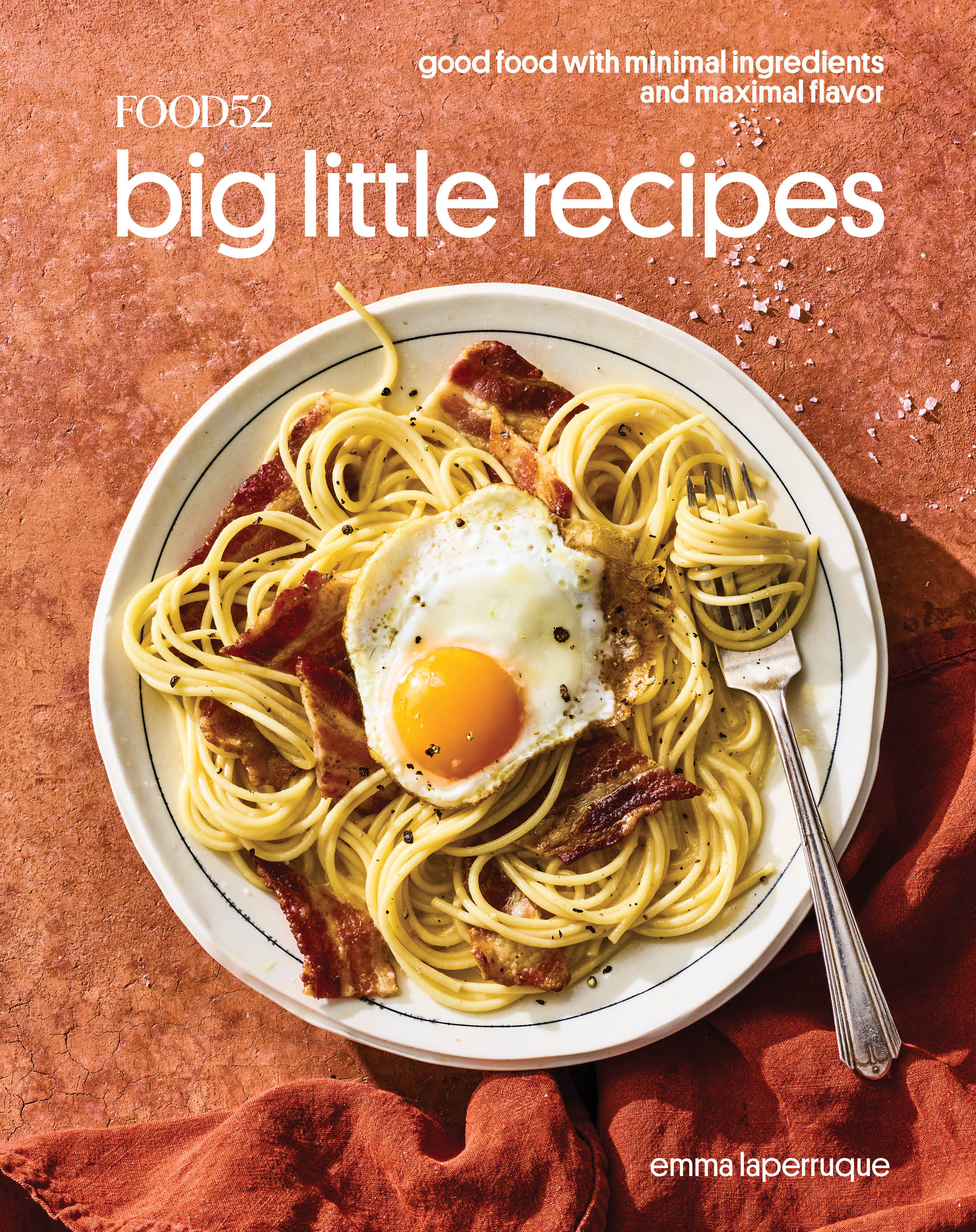Big Little Recipes
The Lightest, Fluffiest Scones Skip This Important Ingredient
We were pretty shocked, too.
0 seconds of 1 minute, 8 secondsVolume 0%
Press shift question mark to access a list of keyboard shortcuts
Keyboard Shortcuts
Shortcuts Open/Close/ or ?
Play/PauseSPACE
Increase Volume↑
Decrease Volume↓
Seek Forward→
Seek Backward←
Captions On/Offc
Fullscreen/Exit Fullscreenf
Mute/Unmutem
Decrease Caption Size-
Increase Caption Size+ or =
Seek %0-9

Put down those long grocery lists. Inspired by the award-winning column, our Big Little Recipes cookbook is minimalism at its best: few ingredients, tons of flavor.
Order nowPopular on Food52
Continue After Advertisement
23 Comments
judy
March 30, 2019
I like cream scones, but I prefer butter. Because I LOVE the flavor that butter brings to the recipe. Both are light, airy, crispy outside and delicate inside. Just depends on what one is looking for.
Nancy J.
March 9, 2019
Would it work if I omitted the sugar to go the savory route and add cheese, bacon and onions?
Emma L.
March 11, 2019
Yum! I haven't tried that, but since it's such a small amount of sugar in the dough itself—it sounds like a pretty safe bet to me. If you try it out, please let know how it goes!
Sarah P.
February 11, 2019
Like E.M. I have been making and riffing on Marion Cunningham's Dried Fruit Scones for many years. Cinnamon chips were the most popular variation when my kids were young. They make a nice mix to give as gifts (or keep on hand). Just add cream.
Kate
February 3, 2019
Hi, I have tried many recipes, the Good Housekeeping Baking recipe was my 'go to' for many years - great variations. i recently discovered Dorie Greenspan's Cream Scones. If I happen to have heavy cream in the house I make these, they are a bit more forgiving, and the recipe makes a smaller batch.
E M.
February 3, 2019
Marion Cunningham published a very similar recipe for dried fruit cream scones in "The Breakfast Book" (Alfred A. Knopf 1987). Also in the book is a recipe for cream biscuits, which she attributes to James Beard. The basic concept yields excellent results and can be varied in many ways - use all AP flour, or substitute some whole wheat flour or ground oats or oat flour... add different dried fruits. Put sugar or a glaze on top or whatever. It's a good template and fun to play around with. (I'm particularly fond of using ground oats and chopped dried apricot.)
Robin B.
January 24, 2019
I have made cream biscuits using this method and they were fine as I am sure these are too. However, when I make scones, I prefer the Cooks Illustrated recipe using frozen grated butter and the croissant method of folding the dough and chilling several times before cutting and baking them. I always use a crunchy sugar topping on my scones and muffins. It just adds that xtra touch!
mrslarkin
January 23, 2019
And also similar to Genius Recipes KAF Never Fail Biscuits. So easy, so delicious!
I’ll stick with some butter in my cream scones. It’s what makes them so buttery and tender.
I’ll stick with some butter in my cream scones. It’s what makes them so buttery and tender.
BerryBaby
January 23, 2019
Hands down, the recipe I use (and posted last year) Fluffy Scones. Ironically, I'm making them today. So easy, even incorporating the butter and flour with the food processor. They freeze beautifully as well.
BB💐
BB💐






Join The Conversation